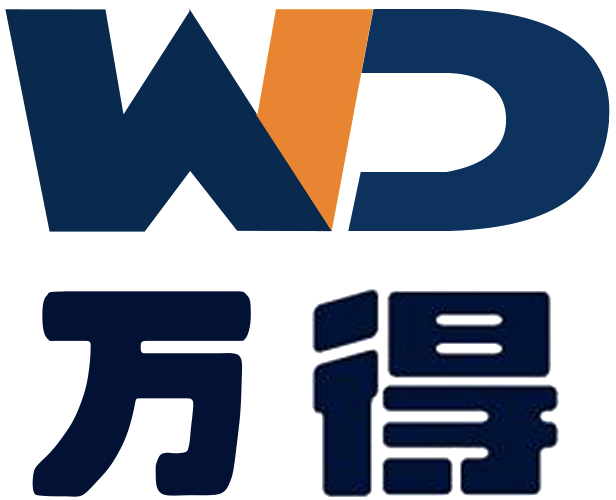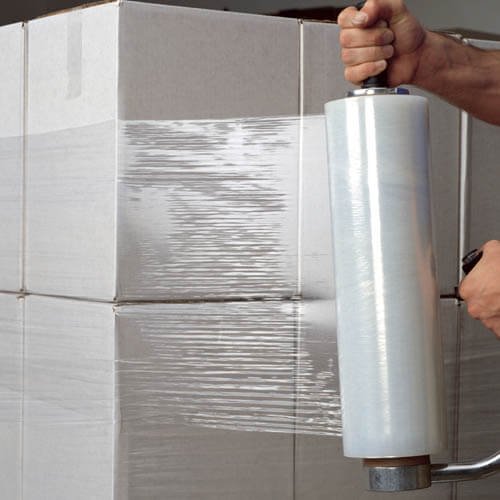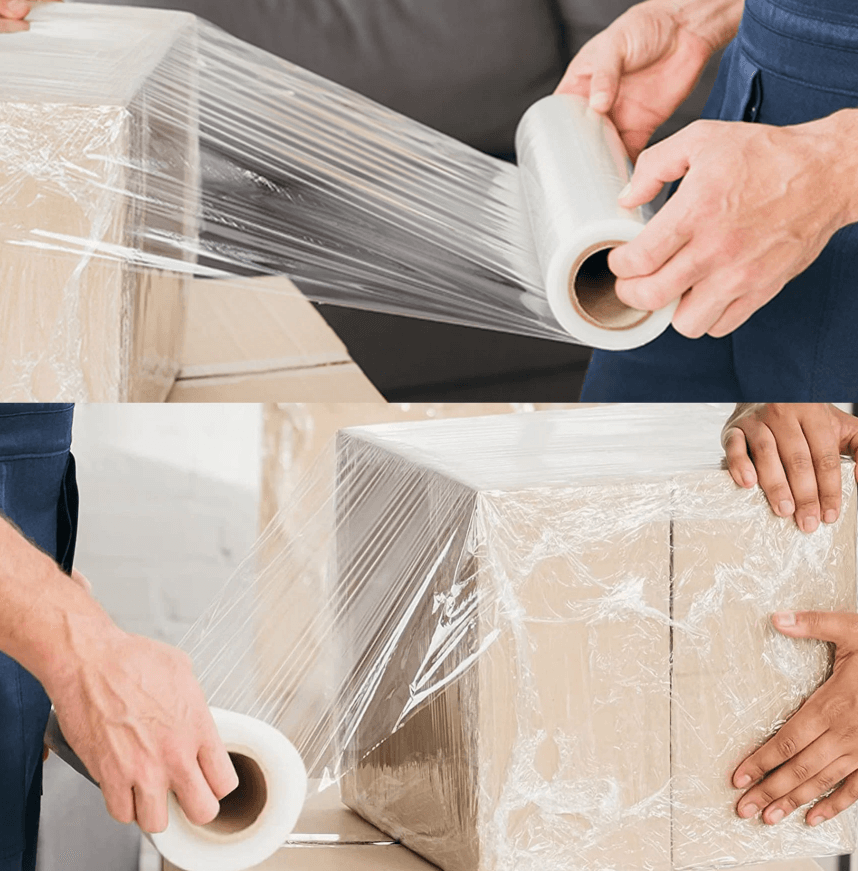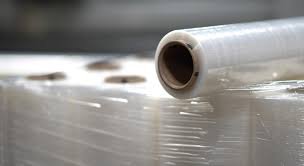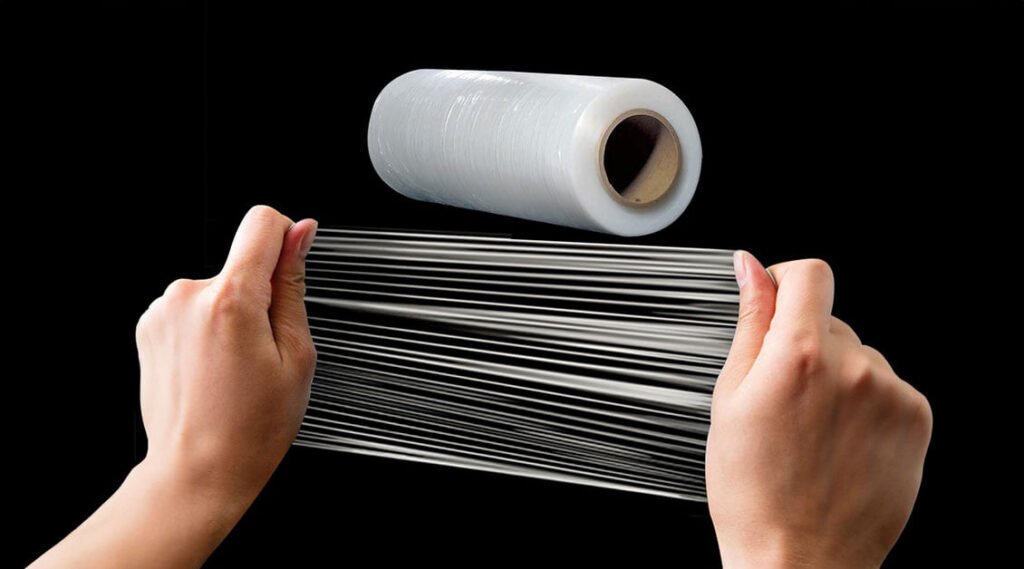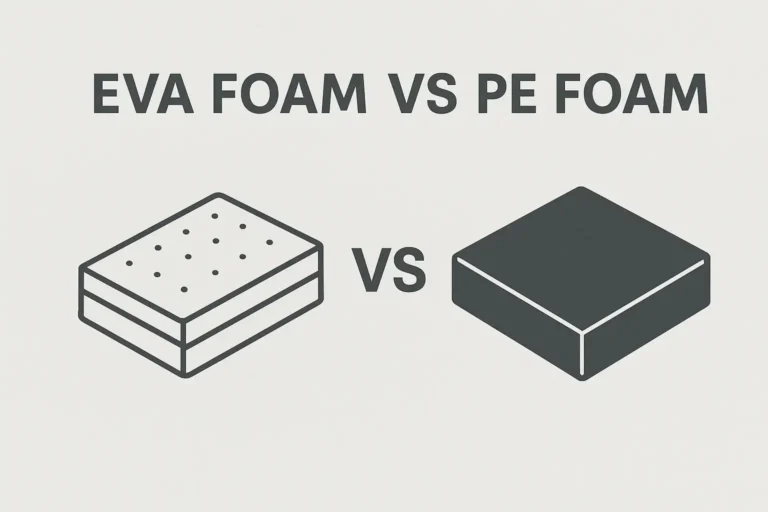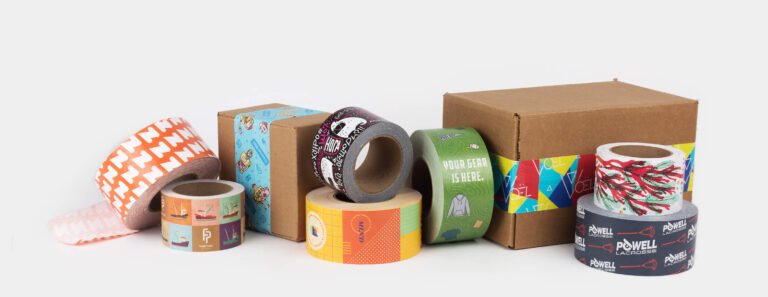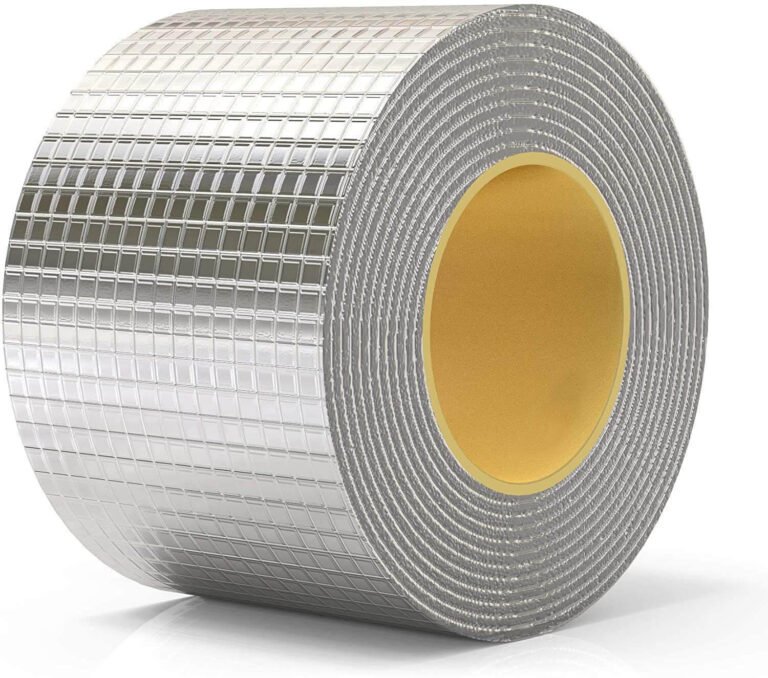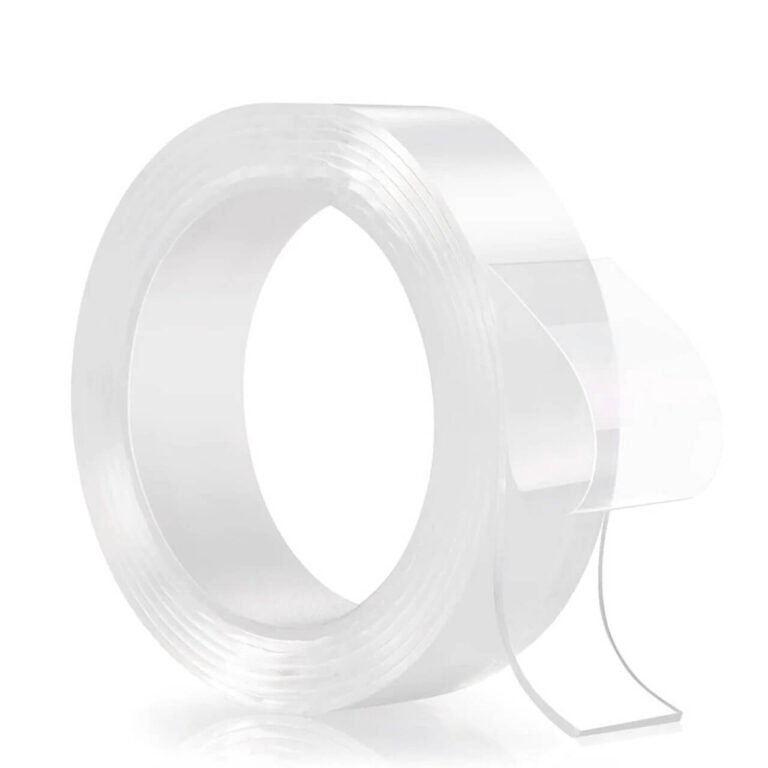Stretch Film: Types, Applications in Logistics & Eco-Friendly Options
Stretch film, also known as stretch wrap, is a dynamic packaging solution crafted from highly elastic linear low-density polyethylene (LLDPE). Renowned for its ability to stretch and conform tightly to items, this film creates a secure, protective barrier that safeguards goods during storage and transportation. Its versatility spans across industries, making it an indispensable tool for securing, bundling, and preserving products of all types.
I. Core Characteristics of Stretch Film
- Material Composition: Primarily made from LLDPE, with options for blends containing high-density polyethylene (HDPE) or additives like slip agents (for easy unwinding) and UV stabilizers (for outdoor protection).
- Key Properties:High Stretchability:
- Manual stretch film can usually stretch up to 100–150%. Machine stretch film can reach 250–300% with a pre-stretch system. ensuring a snug fit around irregular shapes.
- Self-Adhesive Cling: Bonds to itself (not the product), providing secure bundling without additional adhesives.
- Puncture Resistance: Thicknesses ranging from 8–30 microns offer varying levels of durability for light to heavy loads.
II. Who Relies on Stretch Film?
2.1 Manufacturers
- Application: Secures pallets of machinery, electronics, or raw materials. Custom solutions from stretch film manufacturers (e.g., tailored thickness for fragile components) ensure compatibility with production lines.
- Example: A automotive parts manufacturer uses 15-micron UV-resistant film to protect metal components during outdoor storage.
2.2 Retailers
- consistent tension, suitable for high-volume operations.
- Key Goal: Minimize load shift, reduce product damage, and optimize warehouse space utilization.
3.2 Bundling and Unitizing
- Examples:Grouping boxes of cereal in retail packaging.
- Securing stacks of magazines or textbooks for educational institutions.
- Benefit: Creates a single, manageable unit, improving handling efficiency and reducing the risk of 散落 items.
3.3 Surface Protection
- Applications:Furniture and Appliances: Prevents scratches on polished surfaces during delivery.
- Electronics: Anti-static films protect sensitive components from dust and electrostatic discharge.
- Film Types: Clear, black, or printed films (with branding or handling instructions).
3.4 Seasonal and Long-Term Storage
- Use Cases:Wrapping outdoor furniture or gardening equipment before winter storage.
- Protecting artwork or vintage items in climate-controlled warehouses.
- Features: UV-resistant films prevent yellowing or degradation from sunlight exposure.
3.5 Custom and Sustainable Solutions
- Tailored Options:Colored Film: Blue for electronics, red for hazardous materials, etc., for quick visual identification.
- Printed Logos: Enhances brand visibility on pallets or retail displays.
- Eco-Innovations:Biodegradable Films: Made from PLA or starch-based polymers, breaking down in industrial composting facilities.
- Recyclable LLDPE: Encourages circular economy practices, with many regions offering film recycling programs.
IV. Environmental Considerations
- Challenges: Traditional stretch film is non-biodegradable, contributing to plastic waste.
- Industry Response:Reduction: Lightweight films (down-gauged to 8–10 microns) use less material without compromising strength.
- Recycling Initiatives: Partnerships with waste management companies to collect and recycle used film into plastic pellets for new products.
- Bio-Based Alternatives: Manufacturers like [Company X] have launched stretch films made from 30% plant-based polymers, reducing reliance on fossil fuels.
V. Choosing the Right Stretch Film
| Application | Film Type | Thickness (microns) | Key Feature |
| Light-duty e-commerce | Manual stretch film | 8–12 | Low cost, easy to handle |
| Heavy industrial pallets | Machine-grade stretch film | 18–30 | High puncture resistance |
| Food packaging | Food-grade cling film | 10–15 | FDA-compliant, anti-fog |
| Outdoor storage | UV-stabilized film | 15–20 | Protection against sun damage |
| Eco-conscious shipping | Recyclable/biodegradable film | 12–18 | Low environmental impact |
VI. Conclusion
Stretch film is a cornerstone of modern packaging, offering unmatched versatility across manufacturing, retail, logistics, and beyond. Its ability to secure, protect, and streamline operations makes it essential for businesses aiming to reduce waste, enhance efficiency, and safeguard their products. As sustainability gains prominence, the industry’s shift toward eco-friendly formulations ensures that stretch film remains a responsible choice for future packaging needs.
By partnering with reputable stretch film manufacturers and selecting films tailored to specific requirements, businesses can optimize their packaging workflows while aligning with environmental goals. Whether wrapping a single parcel or an entire pallet, stretch film continues to be a vital tool in the global supply chain.
- Application: Bundles promotional items (e.g., multi-packs of detergent) or wraps pallets of inventory for delivery. Clear film enhances product visibility on store shelves.
- Benefit: Reduces theft and damage during transit, with quick application for high-turnover items.
2.3 Logistics and Warehousing
- Critical Role: Stabilizes palletized loads to prevent shifting during forklift handling or long-distance transport. High-strength films (e.g., 20–30 microns) are preferred for heavy machinery or industrial equipment.
- Efficiency Gains: Automated stretch wrapping machines in warehouses reduce labor costs and improve loading speed.
2.4 Food Industry
- Applications:Primary Packaging: Wraps fresh produce, meats, and cheeses to extend shelf life by blocking moisture and contaminants.
- Palletizing: Secures cases of canned goods or bottled beverages for distribution.
- Compliance: Meets FDA standards for food contact, with options for anti-fog coatings for refrigerated items.
2.5 Construction
- Use Cases: Protects lumber, drywall, and tools from rain, dust, and physical damage on job sites. Thicker films (25+ microns) are used for heavy materials like concrete blocks.
- Advantage: Quick deployment for temporary storage or transport between project sites.
2.6 E-Commerce
- Growing Demand: Lightweight stretch film (8–12 microns) is used to wrap small parcels or bundle multiple items, reducing packaging waste and shipping costs.
- Sustainability Trend: Many e-commerce brands opt for recyclable or biodegradable films to align with eco-conscious consumer values.
III. Diverse Applications of Stretch Film
3.1 Pallet Wrapping (Core Use)
- Techniques:Manual Wrapping: Ideal for small batches or irregular pallets, using handheld dispensers.
- Machine Wrapping: Automatic or semi-automatic systems apply
